Shared Sacred Spaces: For Mormons and Beyond
Every religion has its special areas, those places that mark a watershed moment in its history, whether it’s the top of Mount Sinai or Jerusalem’s Temple Mount. However, things can get hairy when sacred spaces are shared by different religions with different theologies. Warring over sacred spaces defined the Middle Ages in what we know as the Crusades. Conflict between religions who share these areas might not always be as extreme, but it’s real nonetheless.
LDS Sacred Spaces
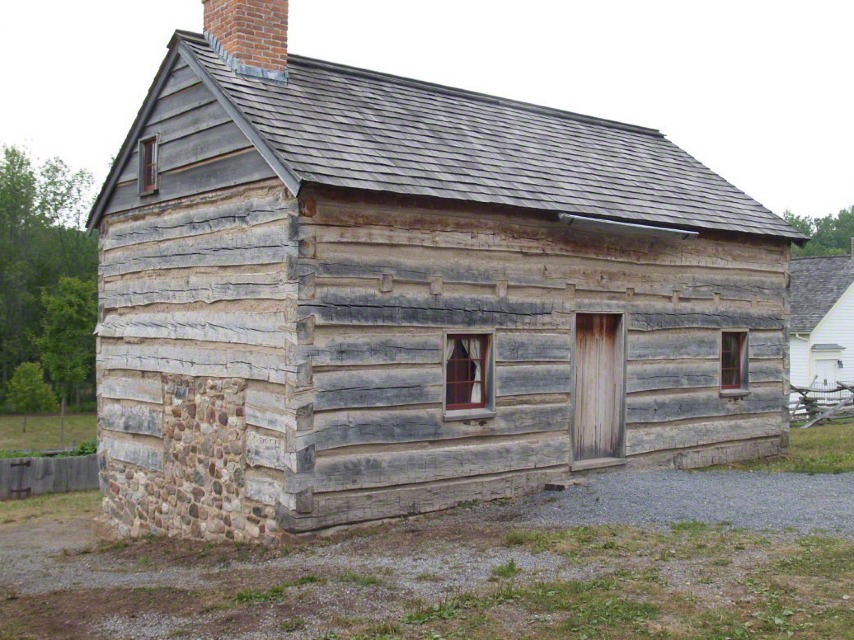
There’s a good chance that, as a Mormon, you’ve gone on a pilgrimmage reminiscent of those of old—minus the ragged shoes (unless a wagon train reenactment was involved). Visiting Church sites is a time-respected Mormon family vacation that starts at the Sacred Grove in Palmyra and stops along the way at Pennsylvania, Ohio, Illinois, Iowa, Missouri, Wyoming, and Utah:
- Smith Family Farm (including the Sacred Grove) in Palmyra
- Kirtland Temple
- Adam-ondi-Ahman
- Independence Temple Lot
- Far West
- Carthage jail
- Liberty Jail Historic Site
- Winter Quarters
- Martin’s Cove
- Temple Square
The shared history of the LDS Church and the smaller offshoots (the largest of which are the Community of Christ and the Church of Christ with 200,000 and 5,000 members respectively), puts them in close proximity with each other. This also means shared sacred spaces.
LDS Shared Spaces
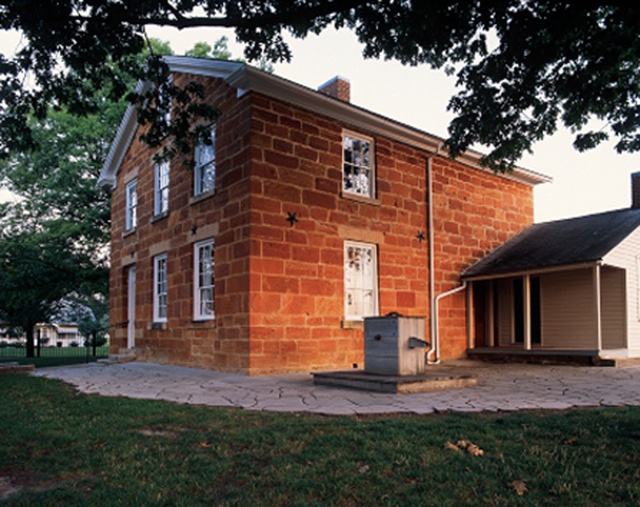
Not even the LDS Church, a mere 187 years old, is immune to the sacred space conflict so prevalent among the world’s religions. The largest of the at least 30 (and upward of 100) religions based around Joseph Smith, Jr., The Church of Jesus Christ of Latter-day Saints has three major sites in common with other sects: Nauvoo, Kirtland, and the Temple Lot in Independence, Missouri.
The Kirtland Temple
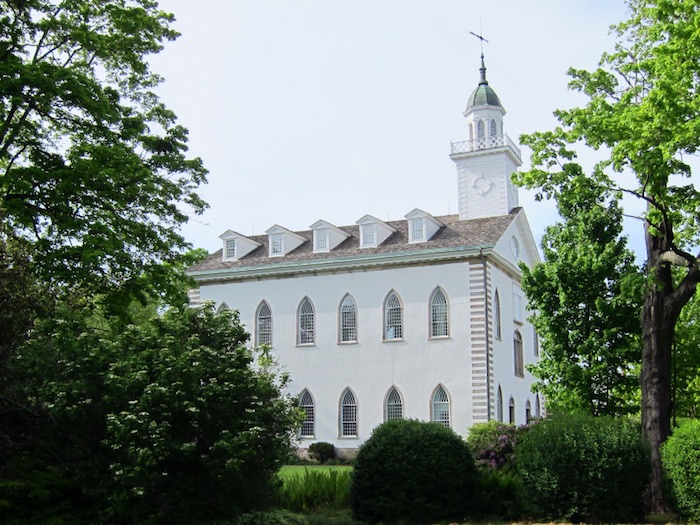
Due to the way that the early Saints were driven from Ohio, Missouri, and Illinois, their property has fallen into other hands. This explains how the Kirtland Temple showed up in the Community of Christ’s possession. For the Church, this site is holy because it’s the place where Joseph Smith, Jr. received the keys of the Priesthood. Despite a rocky beginning, the Church and the Community of Christ share the area with joint services during special times of the year. The Community of Christ allows the Church to hold meetings in the building, and in return, the Church has funded a replacement roof.
Nauvoo, Illinois
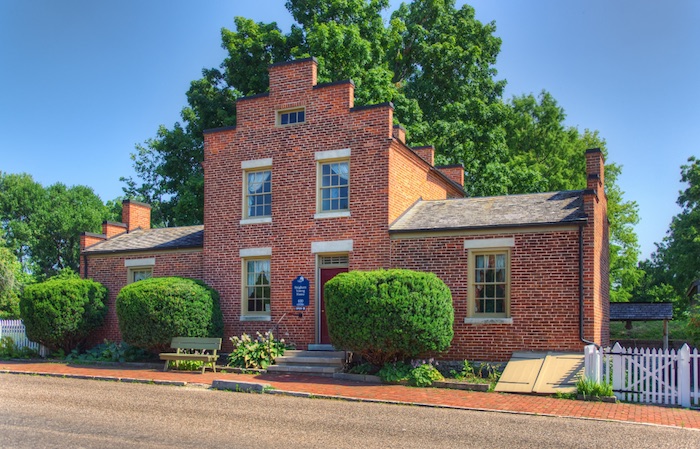
Or at least the place that was once the Church-founded town is divided between the LDS Church and the Community of Christ. The former owns the Brigham Young sites while the latter owns the Joseph Smith, Jr. sites. While things weren’t as peaceful between the two churches as they are now, they’ve established a partnership as sorts, one that allows members of both to visit the Red Brick Store where the prophet re-established temple endowments.
The Temple Lot: Independence, Missouri
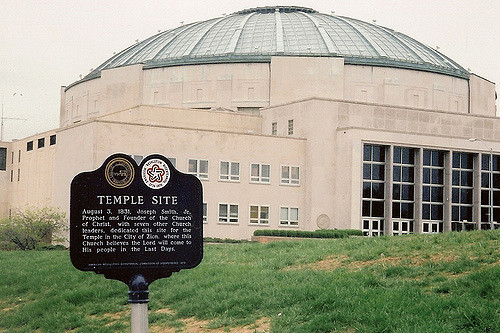
The Temple Lot is not just the intersection of The Church of Jesus Christ of Latter-day Saints and the Community of Christ, but the Church of Christ as well. It’s currently owned by the Church of Christ. Other than a small temple built on the edge of the lot, the area is just a large expanse of lawn. Kitty corner to this is the the LDS Independence Visitors’ Center, while the other two corners host the Community of Christ’s temple and auditorium.
Other Shared Sacred Spaces
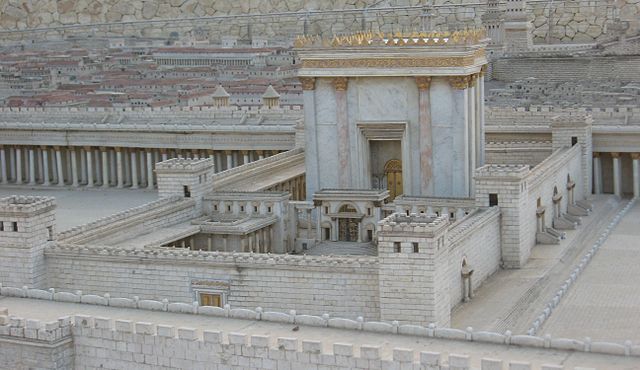
Mount Sinai
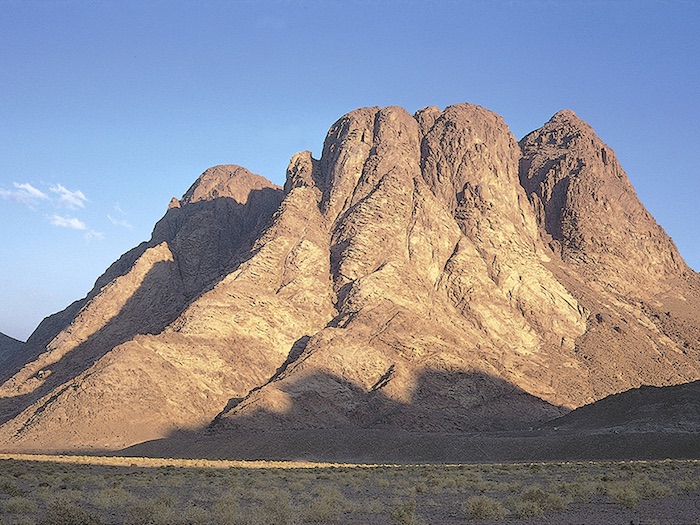
One of the most important sacred sites is Mount Sinai where Moses received the Ten Commandments. All religions that trace their lineage through the Old Testament—Christianity, Islam, and Judaism—consider this a holy place. Both a Greek Orthodox church and a mosque sit on the site of divine revelation. While this mountain in Egypt is believed to be the site, there’s disagreement among historians, which might explain that while many religions have competing claims on the space, there isn’t the conflict associated with it as there is with Jerusalem.
Temple Mount
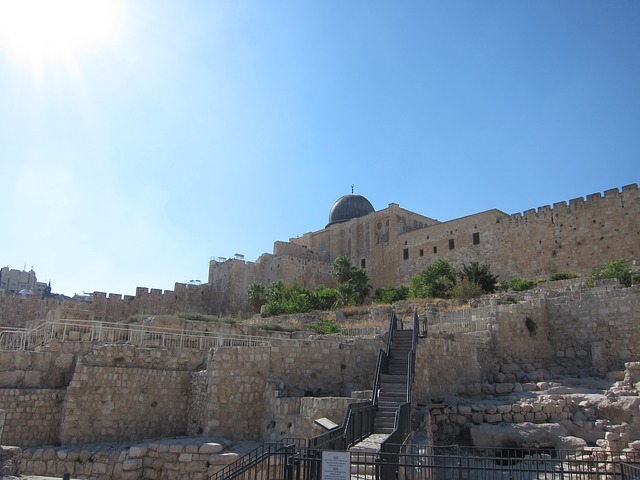
The Temple Mount, the purpose for centuries of crusades, is also where these three faiths intersect. Jesus Christ made a point to visit the temple often during his ministry and, although the temple still doesn’t stand, the area is sacred to all Christians. The Islamic shrine, the Dome of the Rock, also sits on the Temple Mount as the location for Mohammed’s ascension into heaven. The Jewish religious traditions extend back the furthest on the Temple Mount. It’s believed to be the place where Abraham was willing to sacrifice Isaac. It was also the site of Solomon’s temple and the site of the second temple (where Jesus Christ visited) before it was destroyed by the Romans.
Varanasi
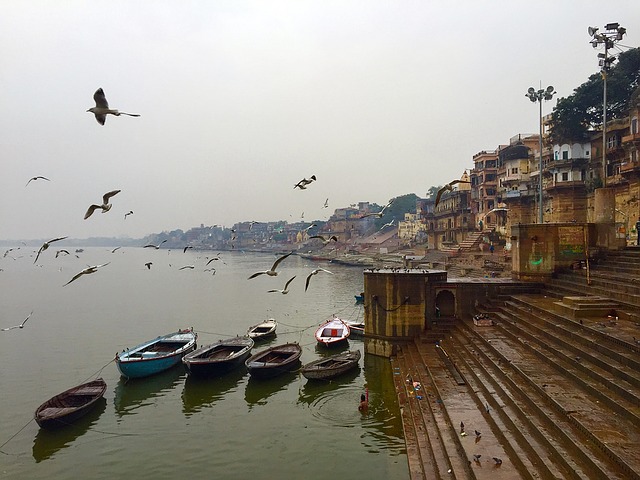
Located in northern India on the Ganges River, Varanasi is a sacred city for Buddhists, Hindus, and Jains (an ancient, nontheistic religion). It’s one of the four Buddhist pilgrimage sites. Hindus believe that Lord Shiva founded the city. As the birthplace of several of their spiritual leaders, Jains consider the city a tirtha or holy place. Sharing an entire city makes sharing a holy places a little easier, but not always.
Whether shared sacred spaces are thousands of years old or just date back to the mid-1800s, tolerance and love is the key to peaceful coexistence. A statement by Church leaders encourages this:
“We sincerely believe that as we acknowledge one another with consideration and compassion we will discover that we can all peacefully coexist despite our deepest differences.”


